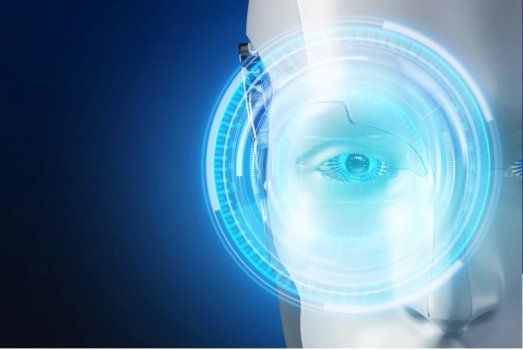Robotics is a diverse industry with many variables. Its future is filled with uncertainty: nobody can predict which way it will develop and what directions will be leading a few years from now. Robotics is also a growing sector of more than 500 companies working on products that can be divided into four categories:
Biggest industry challenges
The field of robotics is facing numerous issues based on its hardware and software capabilities. The majority of challenges surround facilitating technologies like artificial intelligence (AI), perception, power sources, etc. From manufacturing procedures to human-robot collaboration, several factors are slowing down the development pace of the robotics industry.
Let’s look at the significant problems facing robotics:
Intelligence
Different real-world environments may become challenging for robots to comprehend and take suitable action. There is no match for human thinking; thus, robotic solutions are not entirely dependable.
Continue reading: https://venturebeat.com/2022/05/21/ai-in-robotics-problems-and-solutions/
- Conventional industrial robots,
- Stationary professional services (such as medical and agricultural applications),
- Mobile professional services (construction and underwater activities),
- Automated guided vehicles (AGVs) for carrying small and large loads in logistics or assembly lines.
Biggest industry challenges
The field of robotics is facing numerous issues based on its hardware and software capabilities. The majority of challenges surround facilitating technologies like artificial intelligence (AI), perception, power sources, etc. From manufacturing procedures to human-robot collaboration, several factors are slowing down the development pace of the robotics industry.
Let’s look at the significant problems facing robotics:
Intelligence
Different real-world environments may become challenging for robots to comprehend and take suitable action. There is no match for human thinking; thus, robotic solutions are not entirely dependable.
Continue reading: https://venturebeat.com/2022/05/21/ai-in-robotics-problems-and-solutions/

